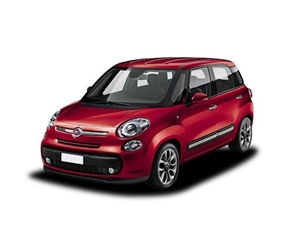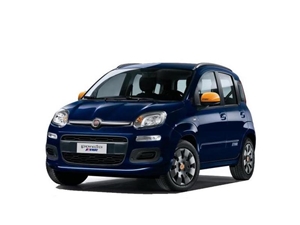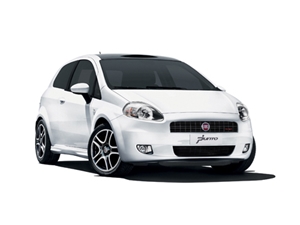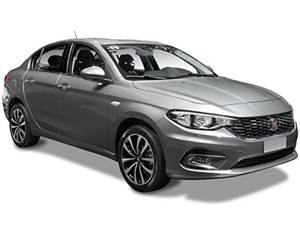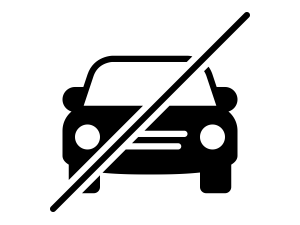
New fiat range of cars, suvs, wagons, sedans, trucks prepared to consume LPG / Propane
As most car enthusiasts know, Fiat is no longer an Italian company specialized in automobiles. FIAT is now part of FCA, or FIAT Chrysler Automobiles, which is a major automaker and has big plans. With an eye on almost every major car consumer country and with brands such as Jeep Chrysler, FIAT and Alfa Romeo, FCA joins leviathans Toyota Motor Corp., General Motors Co. and Volkswagen Group on the world stage. Of course, it was not always like that. FIAT started with very humble origins more than 100 years ago.
Giovanni Agnelli controlled the company until his death in 1945. His family had a majority stake in the business, but no member managed his job. Instead, the employee Vittorio Valletta became the president. After the Second World War, the production of consumer cars resumed quickly and during the magical decade between 1959 and 1969, FIAT production increased from 425,000 to 1,751,400 cars per year. Things slowed a bit in the 1970s, when FIAT was hit by strikes and some failed product designs. The world oil crisis in 1974 should have helped, but by then the company had already expanded its product range to large and exotic ones, such as the FIAT 130 and the Ferrari-powered Dino. In addition, its reputation was damaged by the use of inferior quality Russian steel and by extensive quality control problems. In fact, in 1983, FIAT had to withdraw from North America due to bad press, poor quality and delayed sales. However, other Italian automakers were even worse and perceived the opportunity FIAT had to go shopping at home. In 1978 he absorbed Lancia, and in 1986, Alfa Romeo. FIAT also ventured with Ferrari. In early 1969, FIAT reached an agreement with Enzo Ferrari to take over 50% of its bets, which allowed Enzo to concentrate on car racing without worrying about the financial aspect of the business.
During the 1990s, there were moments of significant ups and downs and it was increasingly obvious that FIAT could not fight Japanese and Korean manufacturers alone. As a result, in 2000, it surprised the entire world by merging with General Motors. This allowed him to share the costs of engineering and production with Opel and created some joint projects, such as Grande Punto / Opel Corsa, Croma / Opel Vectra and several propulsion systems. However, in 2005, FIAT and GM separated and in 2009 FIAT began a merger with Chrysler Corporation. That merger is completed today with the combined company called FCA.
A new fiat LPG / Propane Model of van in USA usually maintains the same gasoline system as the traditional version incorporating the LPG / Propane equipment
the fiat LPG / Propane van has a price slightly higher than the gasoline version but lower than the diesel version
Although it can be established that operating in LPG / Propane mode the vehicle consumes a little more than gasoline, the price of fuel has an interesting saving
The refilling from the supplier is carried out in a time comparable to that necessary for refueling gasoline. The system is, likewise, very simple and comfortable.
Being a cleaner system, catalytic converters, filters, "adblues" are eliminated, which reduces the possibility of mechanical breakdowns. Thus, for example, the service life of the oil increases with what it means for motor care
The first cities begin to limit the access of diesel vehicles, in their restrictive regulations vehicles with LPG have access advantages
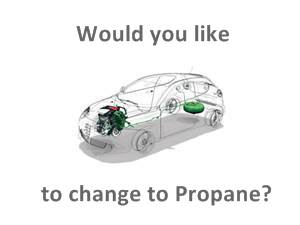
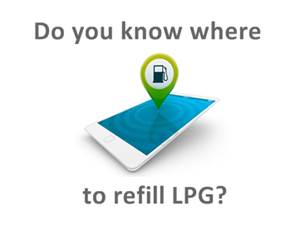

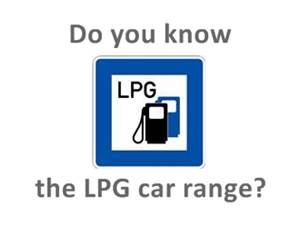
Fiat includes the LPG versions of the 500 and Panda in its sales catalog. The four-cylinder engine offered with a capacity of 1.2 liters generates 51 kW / 69 hp and is bivalent, so it can be used with LPG and gasoline. So the small Italian cars reach a range of up to 1,000 kilometers without refueling. The additional costs of around 1,600 euros compared to the gasoline engine should be amortized, according to Fiat, with an annual yield of 7,000 to 12,000 kilometers. The Fiat 500 LPG is available in the Pop Star team from 15,090 euros, the Fiat Panda LPG is available from 11,890 euros in the Easy team. Because of the tax advantages guaranteed for 2022, LPG is currently about half as expensive as regular gasoline. Driving with the alternative unit is also more respectful of the environment: the combustion of LPG generates approximately 15 percent less CO2 and 95 percent less nitrogen oxides than diesel engines. In Germany there are around 7,000 service stations where you can recharge LPG, which is one in every two service stations.
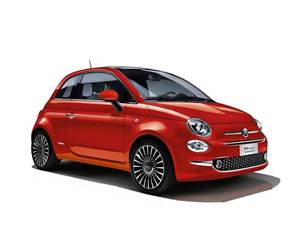
 POSSIBILITY OF BEING ADAPTED TO CONSUME LPG
POSSIBILITY OF BEING ADAPTED TO CONSUME LPG